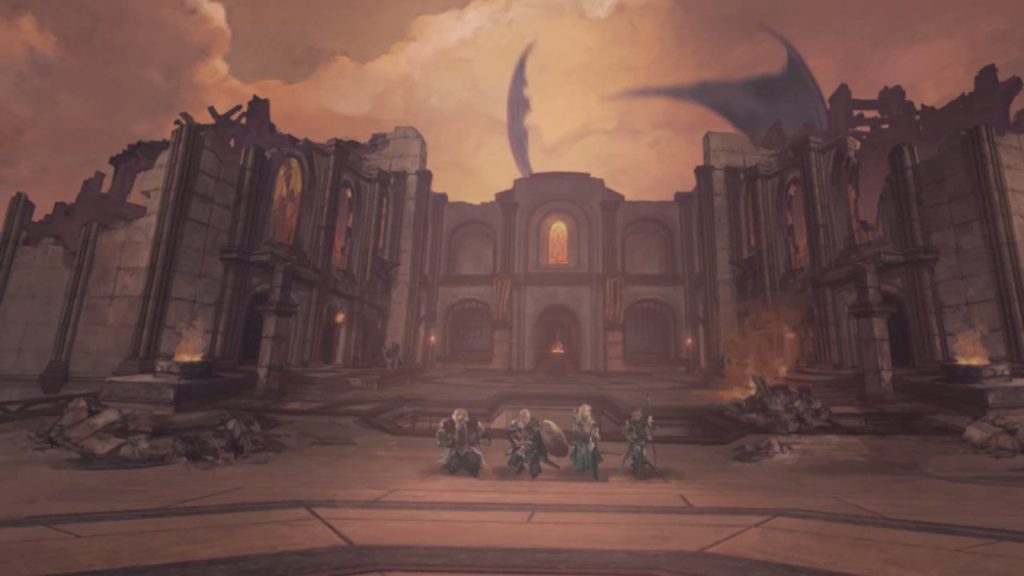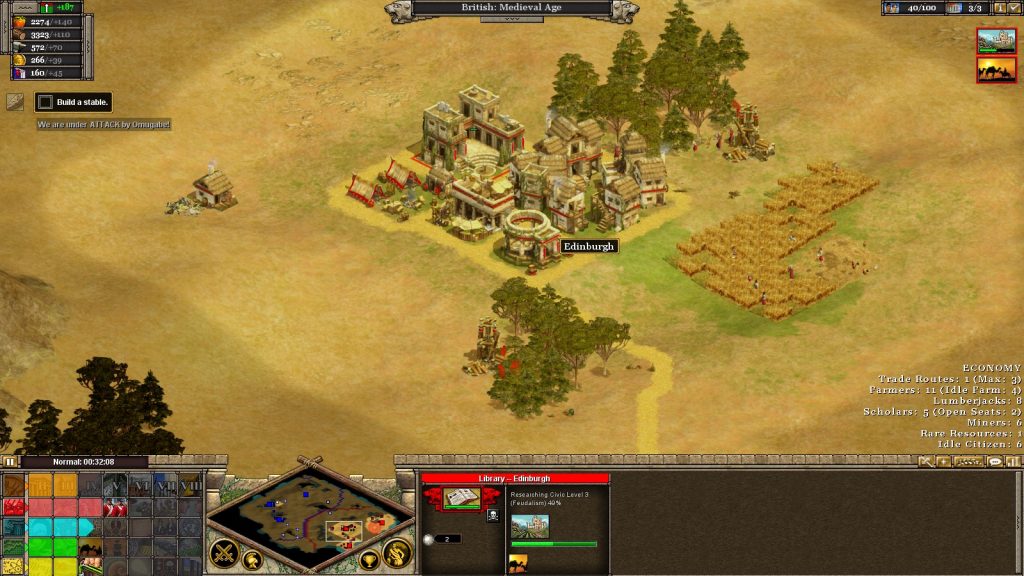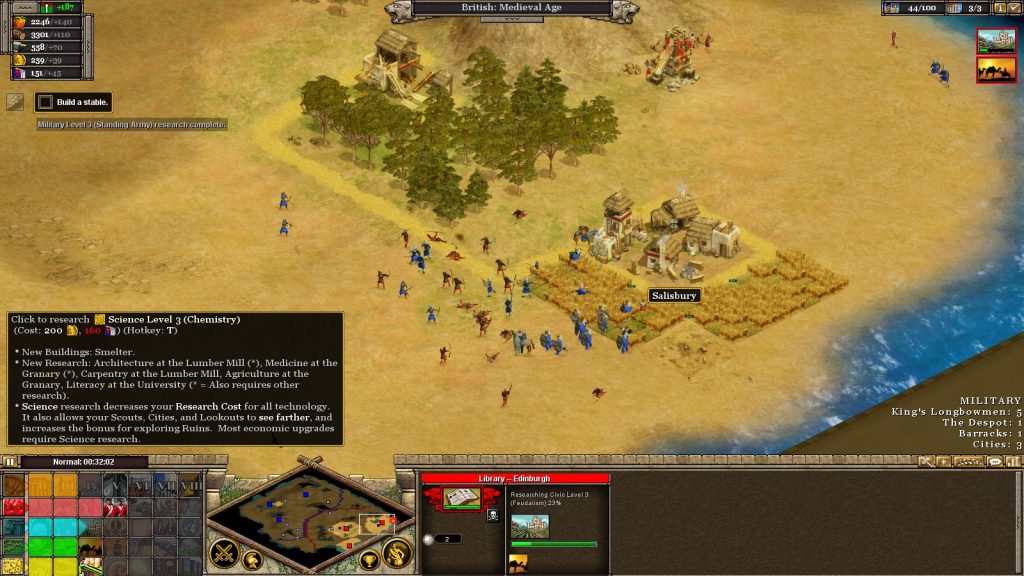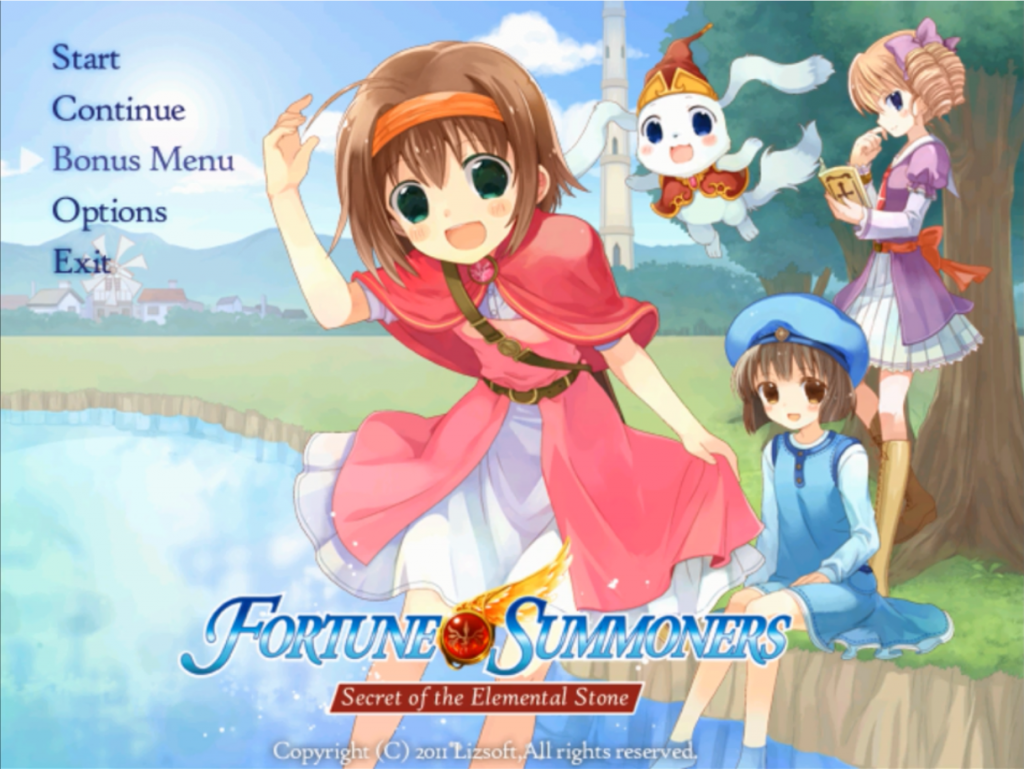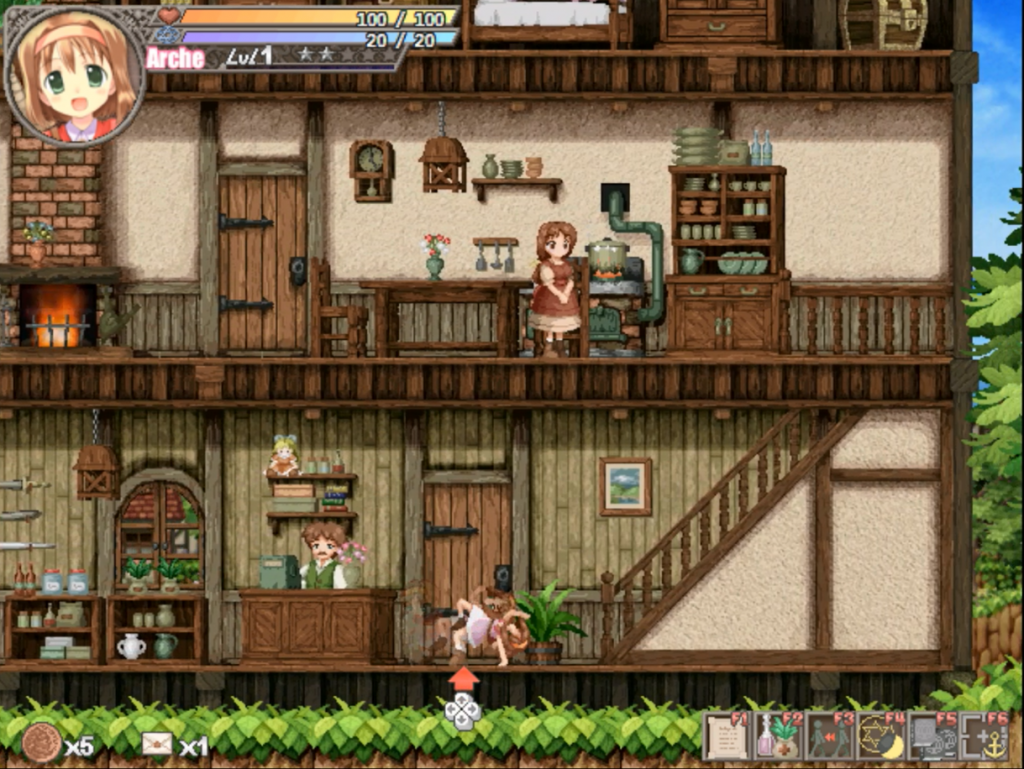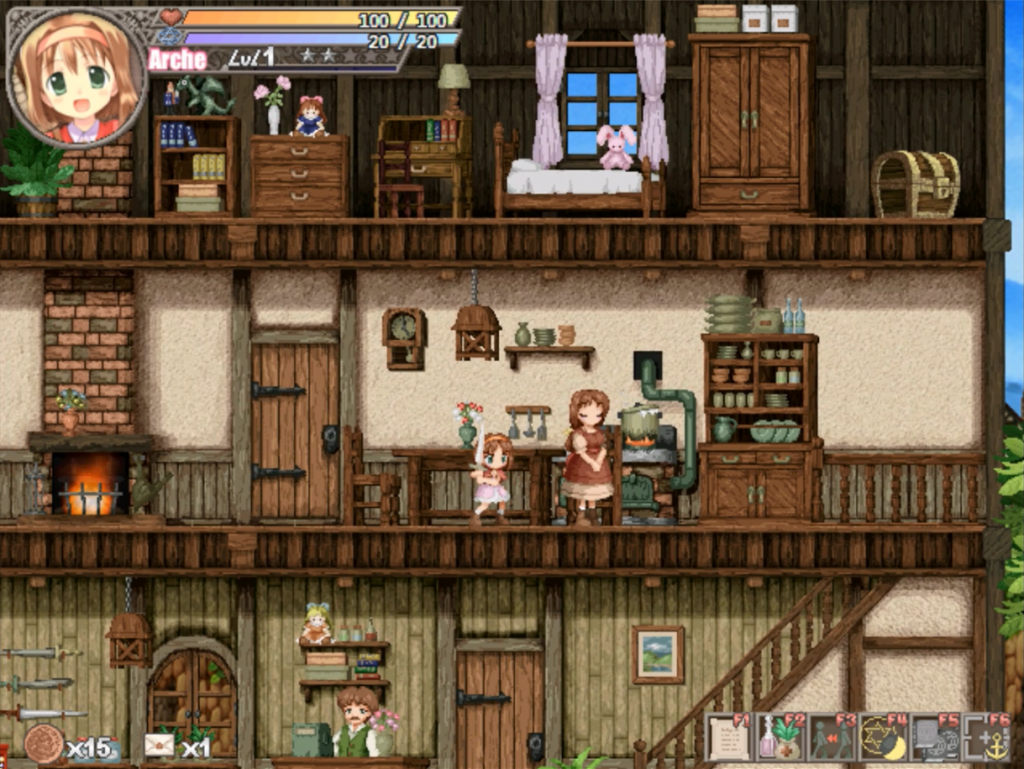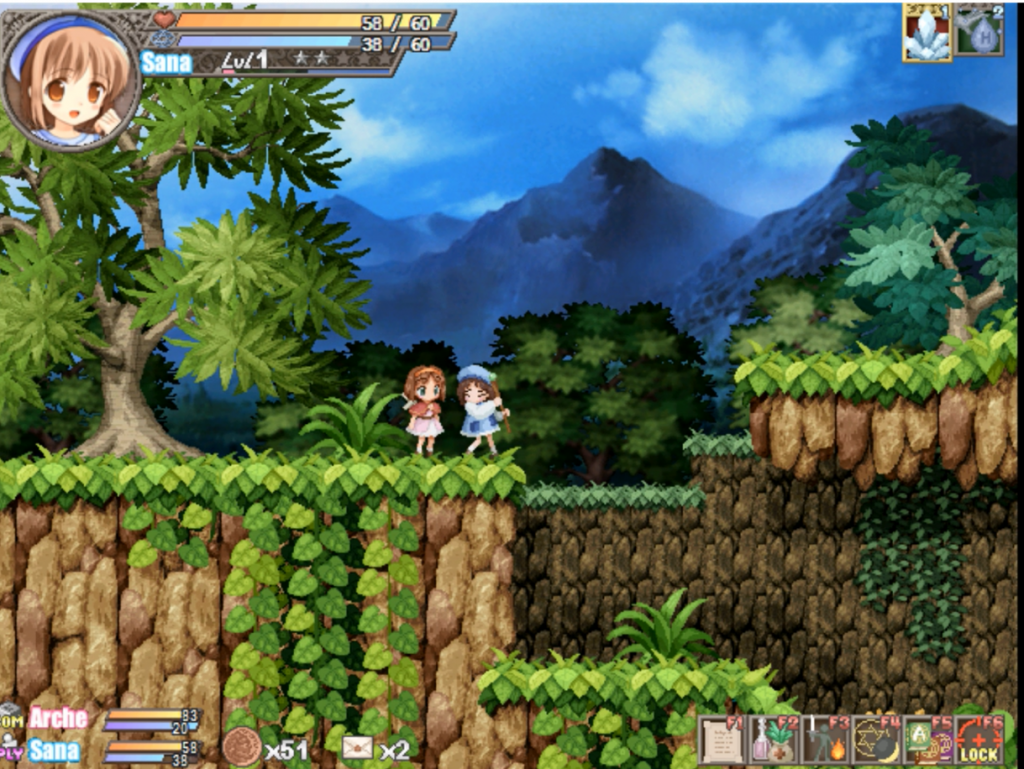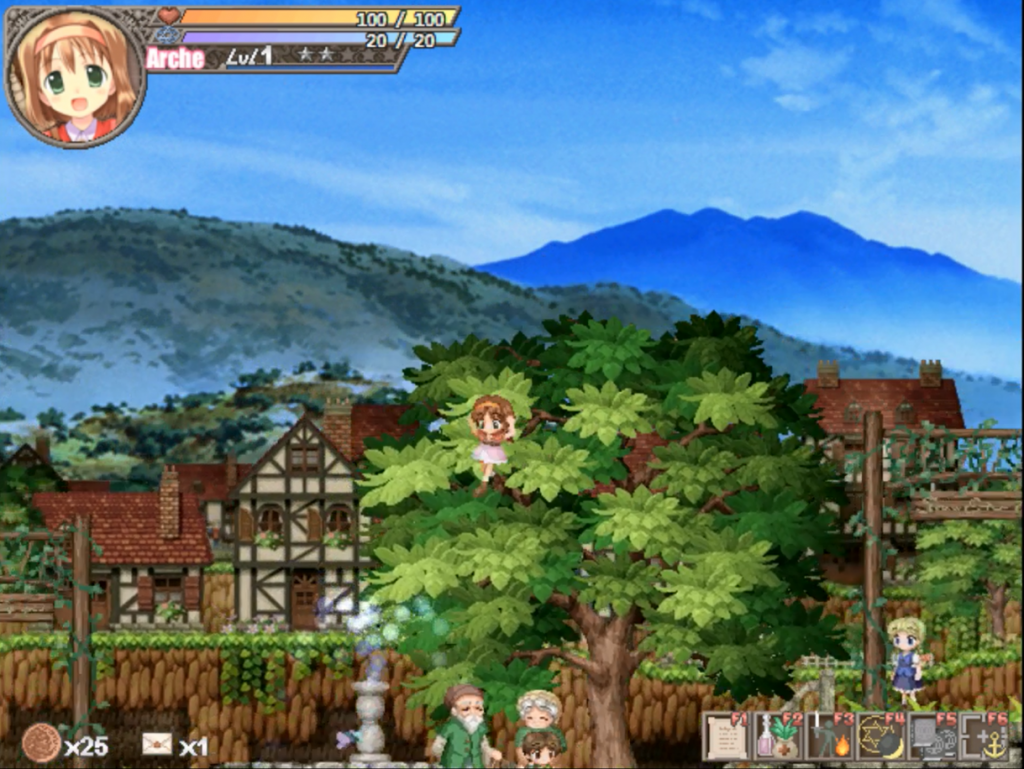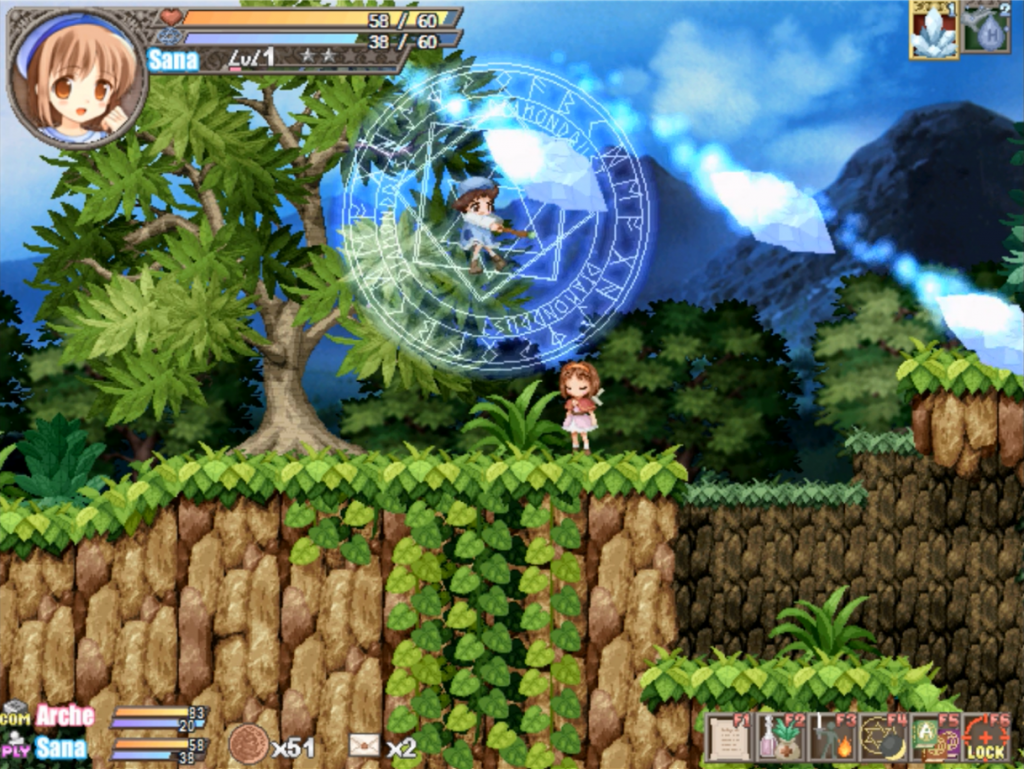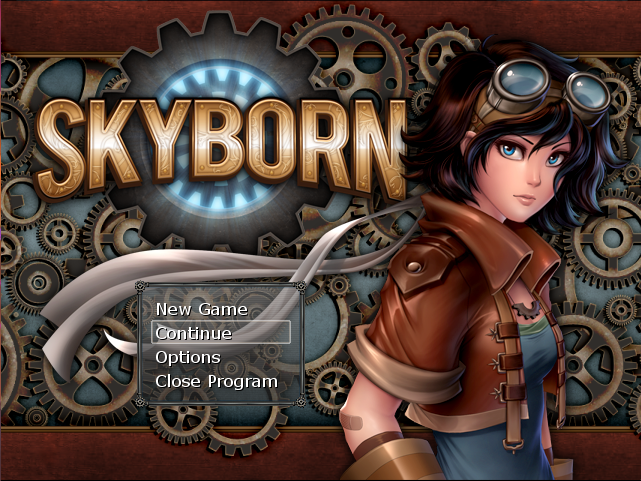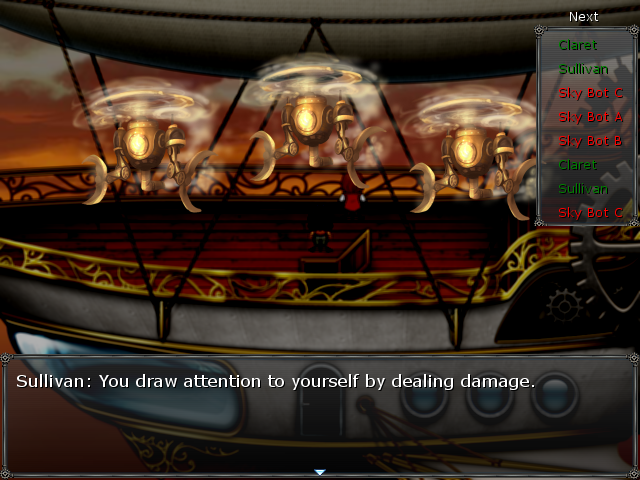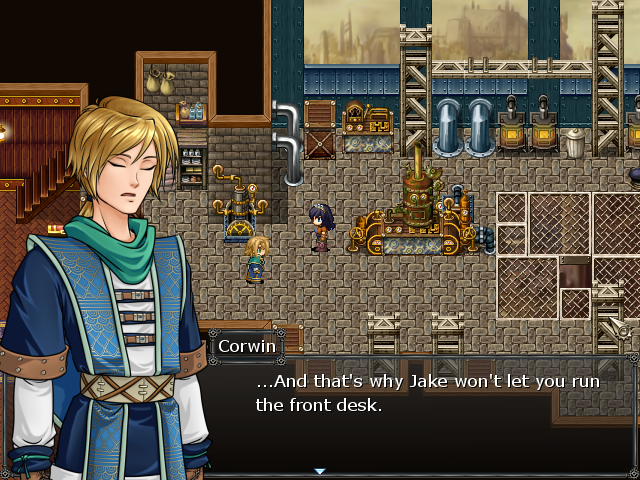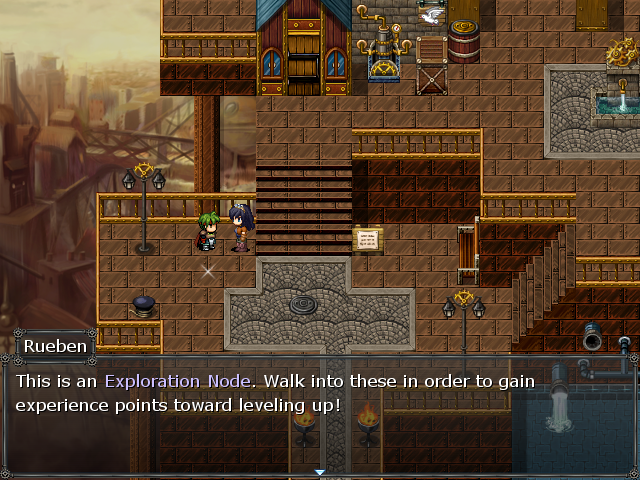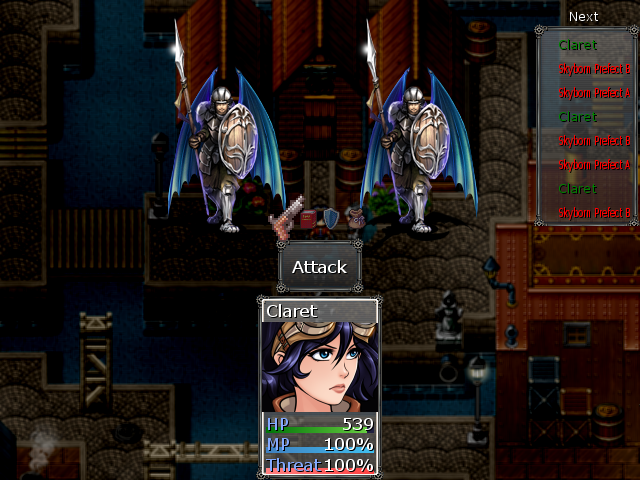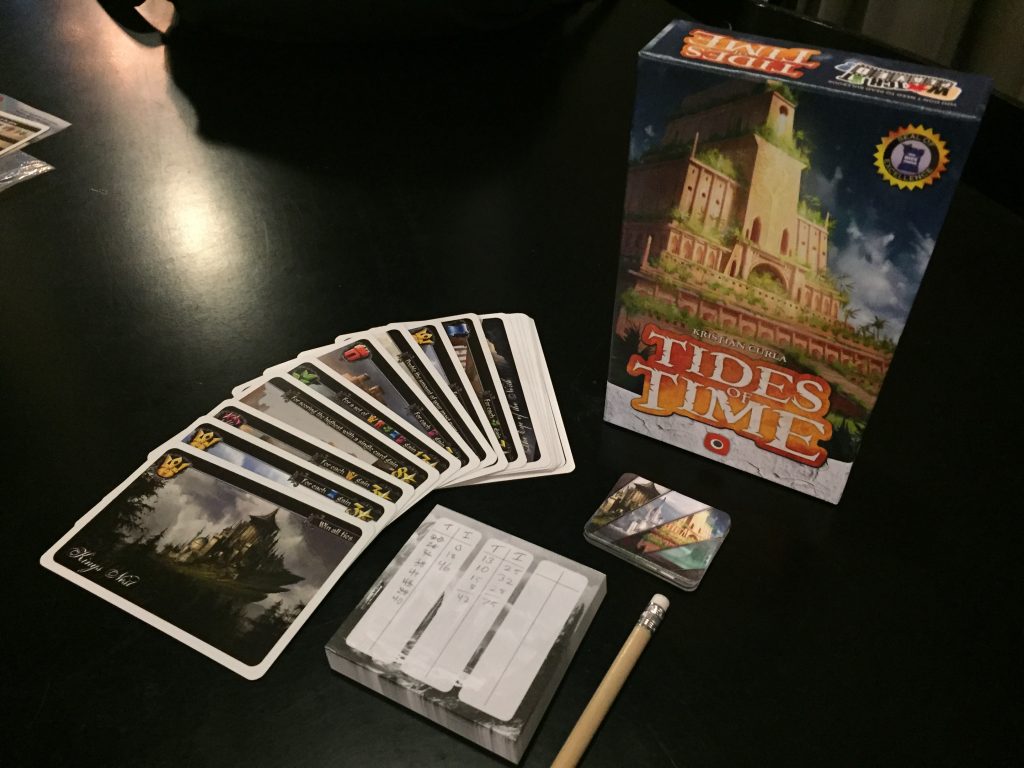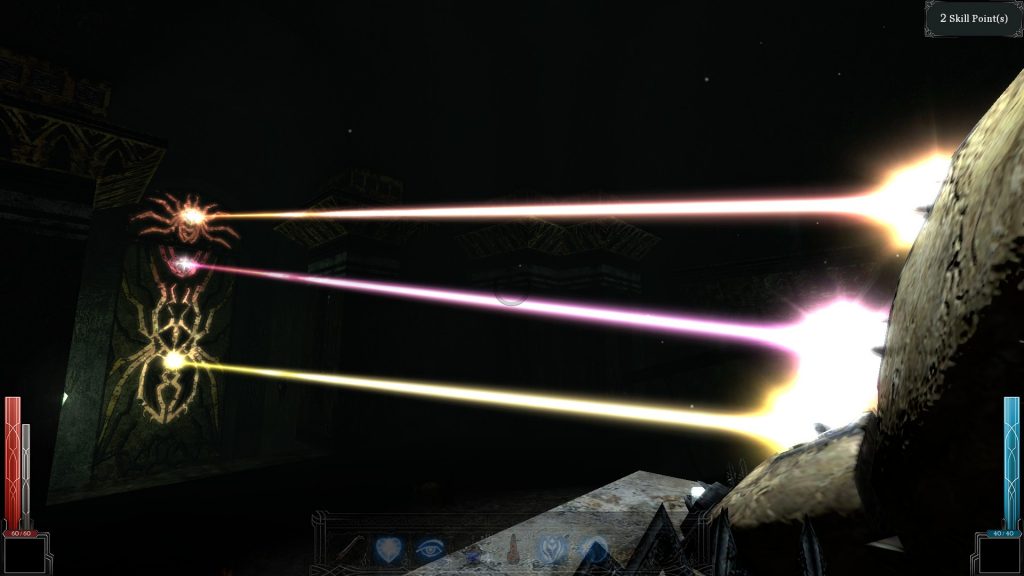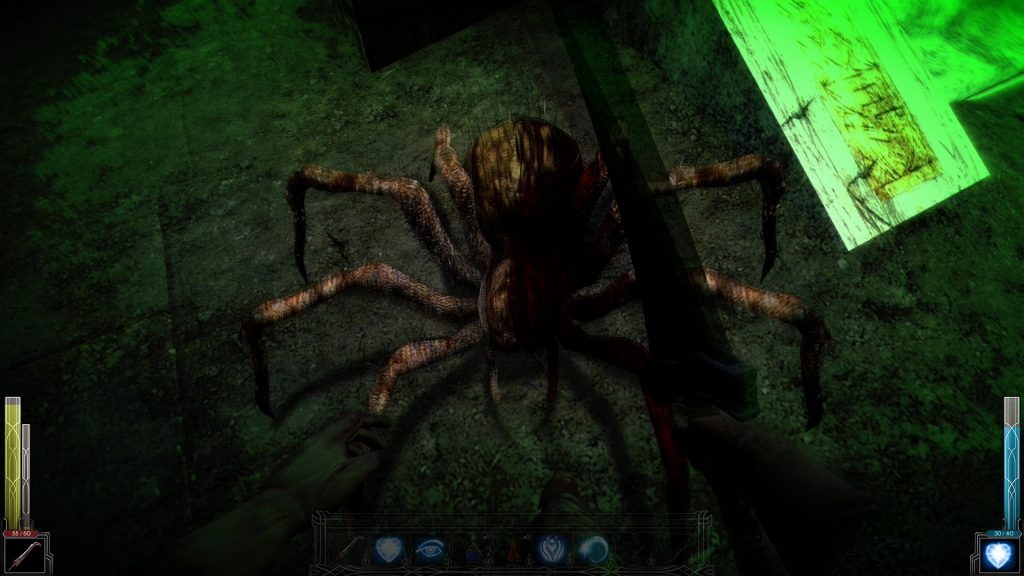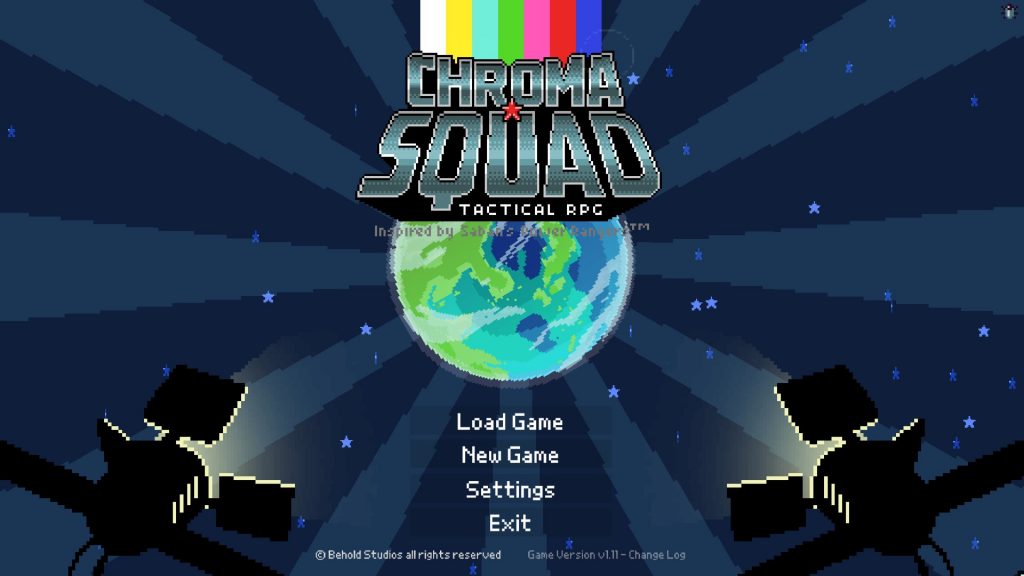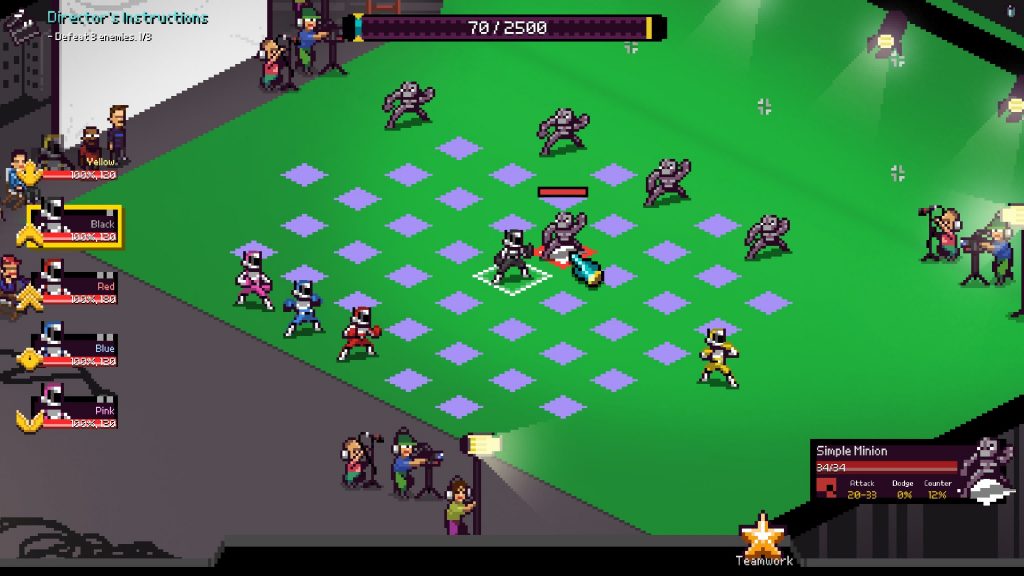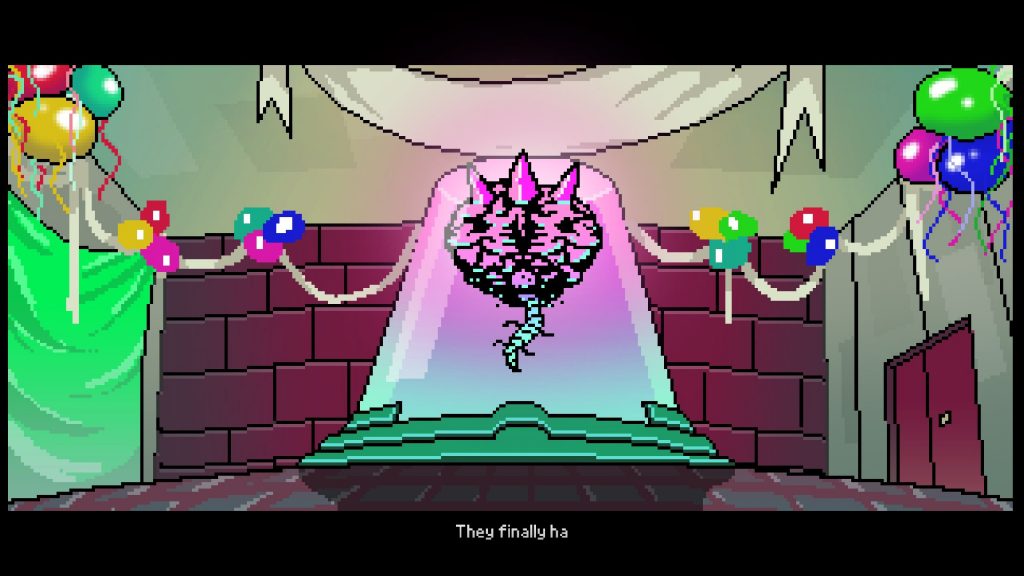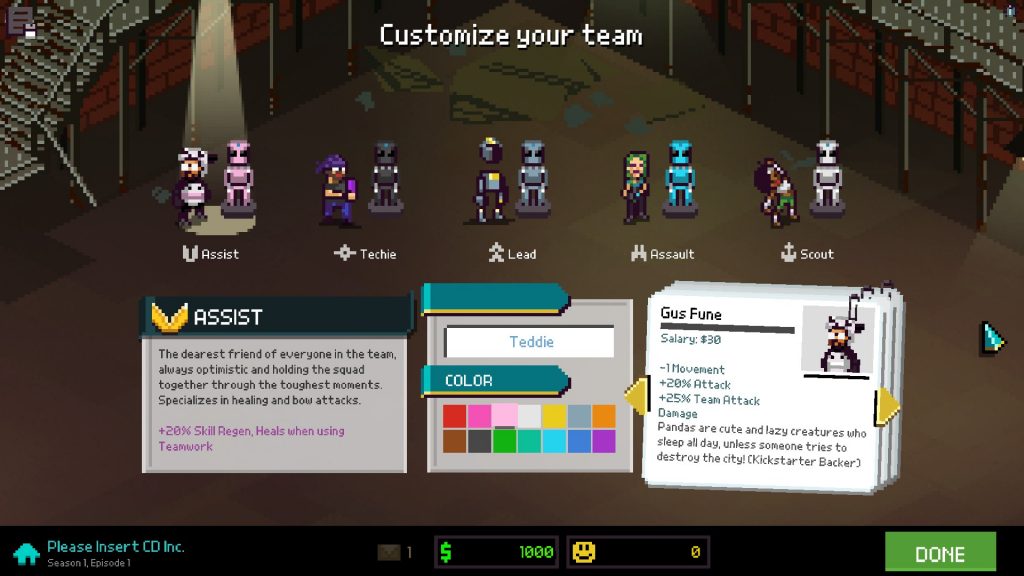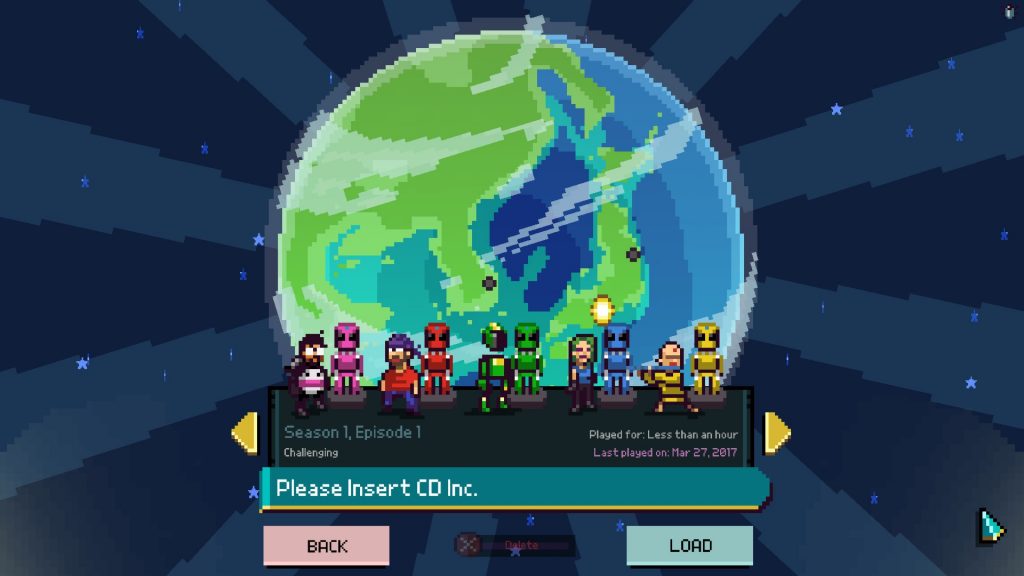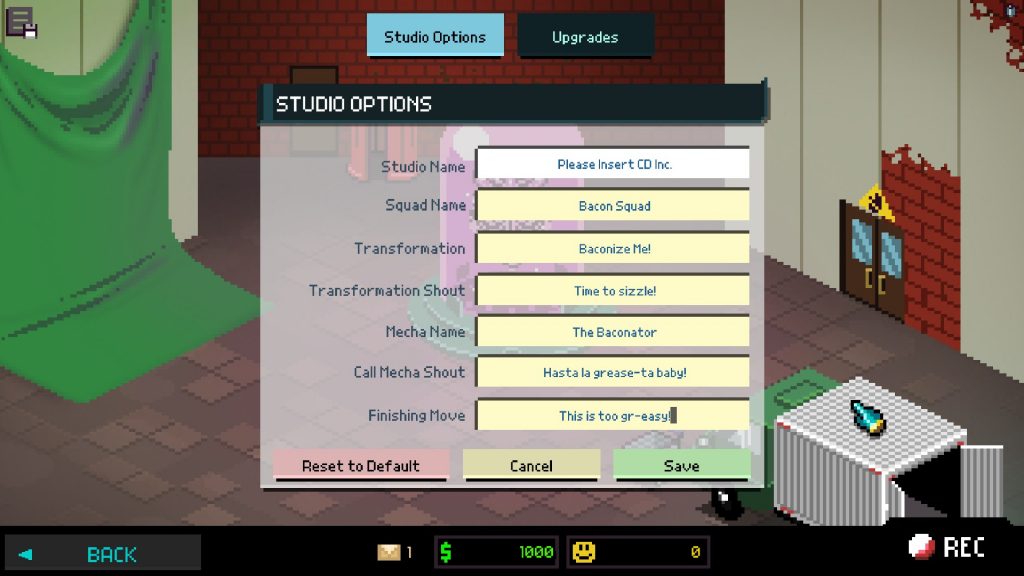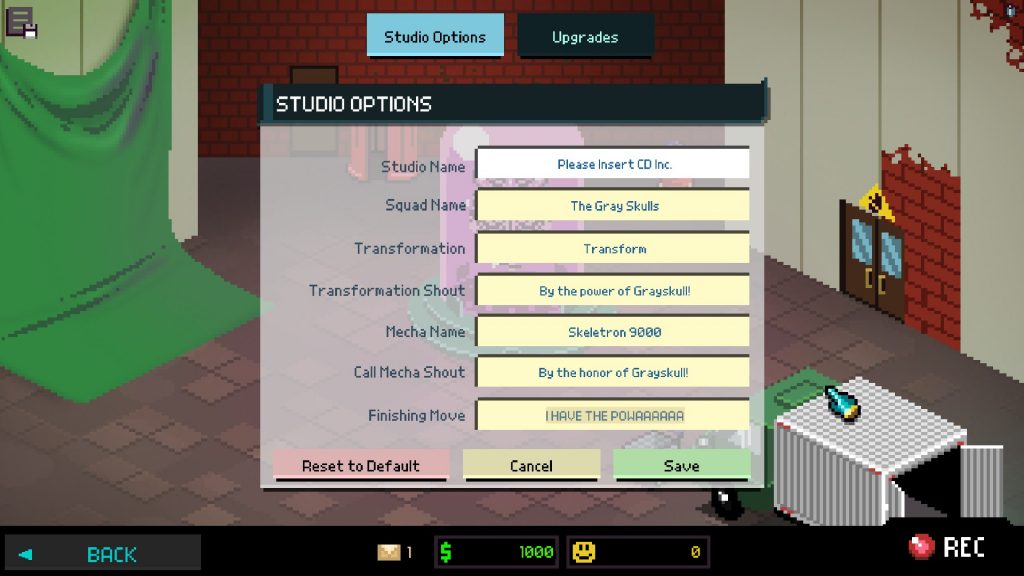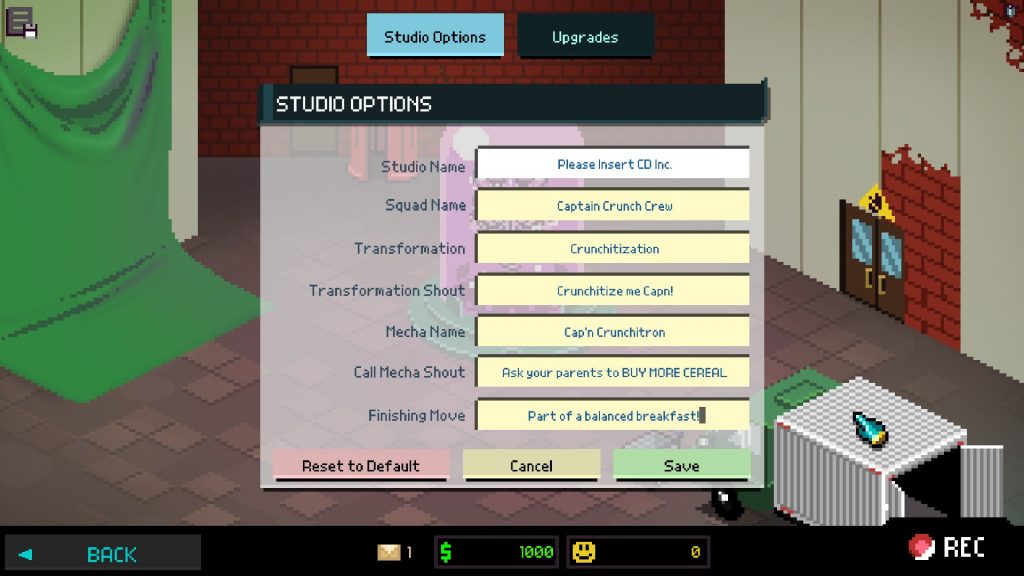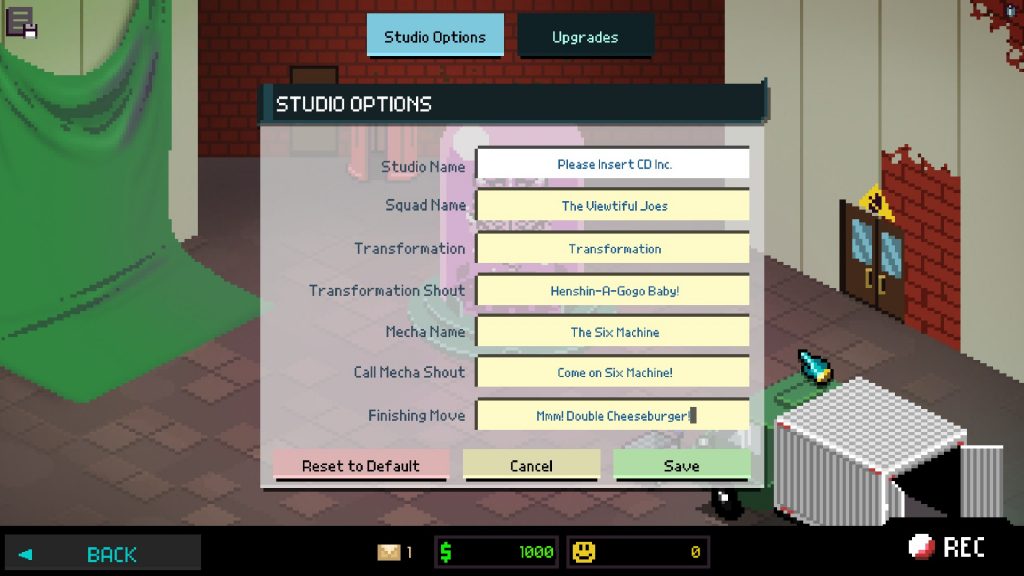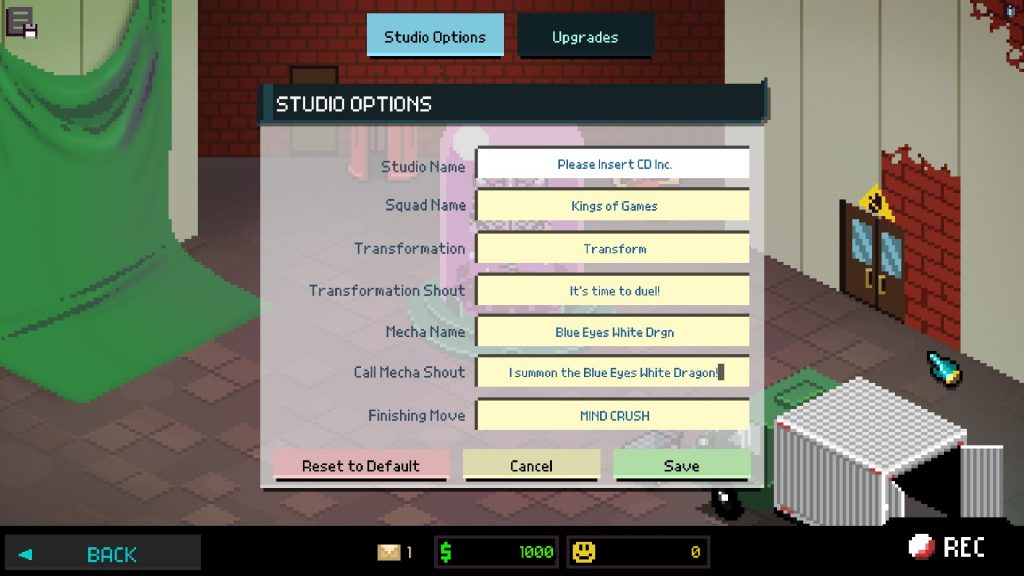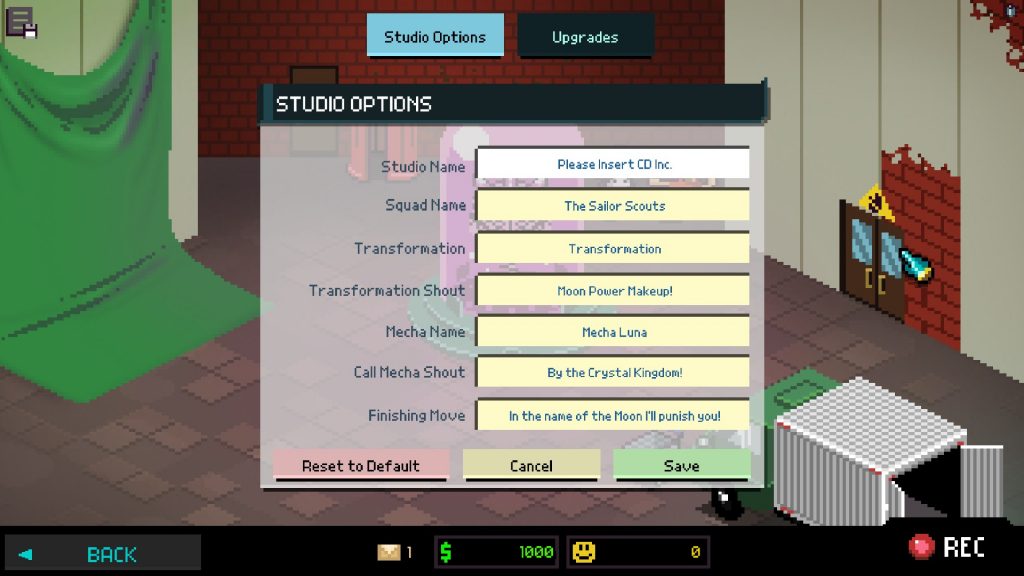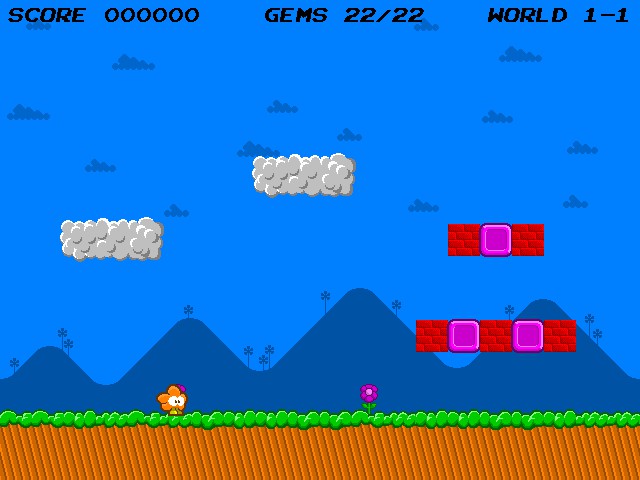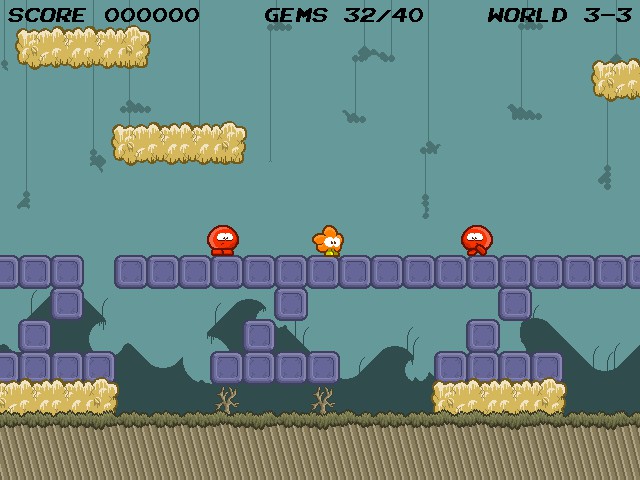First Impression Review
Last I left off (just yesterday) I shared my feelings on D&D:D’s success as a Real-Time Fantasy Adaptation hack and slash game. A mere 5 hours into the game, I find myself at the ending, not particularly surprised by the short game but not necessarily left with a feeling of having my time wasted. The plot is simple, rushed and not important, so we’ll start with that first to get it out of the way.
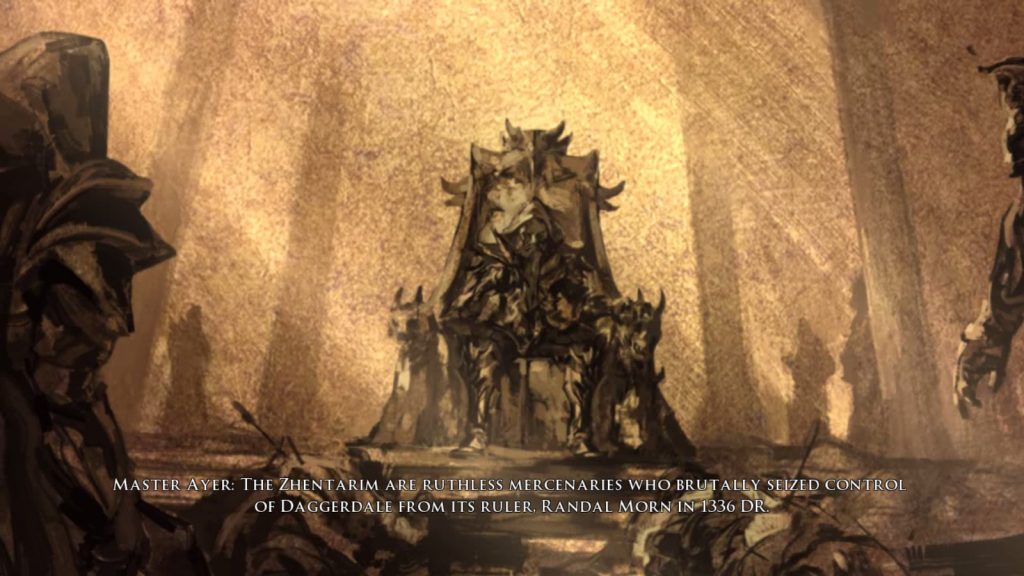
–Spoiler Alert–
As the introduction would let you know, you play as a member of a group of adventurers summoned by Lorin Aria (presumably a cleric) who implores the party to destroy Rezlus’s tower. Rezlus, being a crazy wizard who worships the god Bane, is planning on destroying Daggerdale. The game kicks off underground with the Dwarves, where you run around doing various odd-quests largely involving goblins in order to gain their aid to allow you access to the tower. If you don’t like being underground in dark environments, you had better get used to it since you’ll be underground and in caves for for most of the game.
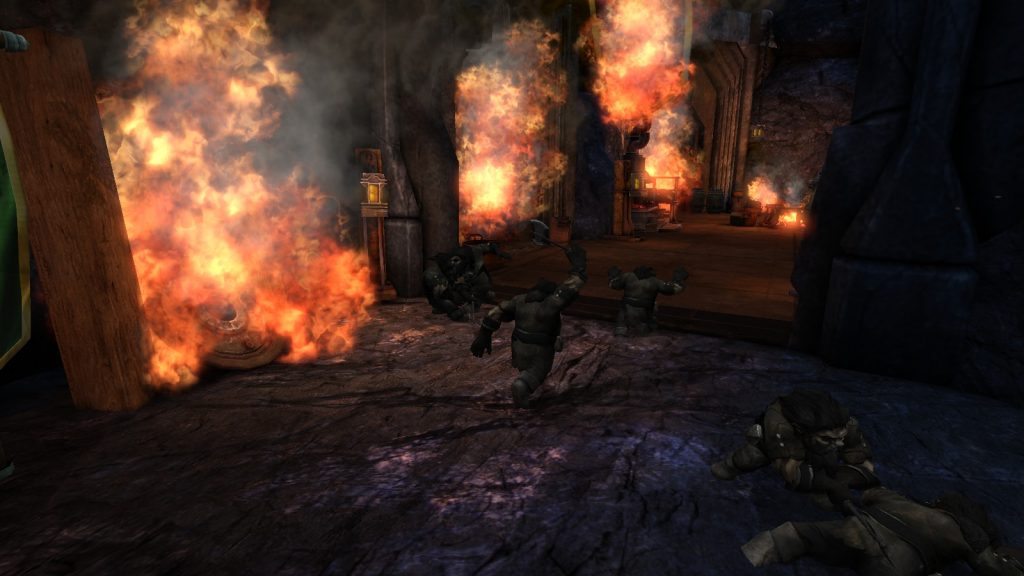
Eventually, after appeasing the side-quest gods, the Dwarves manage to sneak you into Rezlus’s tower, whereupon you are immediately captured by Tieflings and forced to fight in a gladiator pit alongside some “friendly” human brigands. Eventually the brigands team up with the heroes and after repelling multiple Tiefling attacks, they establish a base in the area. The third leg of the journey involves gaining the “trust” of a group of Zents (a race apparently even less trustworthy than the Drow) and they agree to open a portal that allows access to Rezlus at the top of his tower. Atop the tower, the four groups (Dwarves, Brigands, Zents and your party) engage Rezlus and his army, eventually forcing his hand to summon a red dragon.

Weakening the dragon and finishing off Rezlus, Rezlus commands the red dragon with his dying breath to burn Daggerdale to the ground. With no other choice, the party leaps off the tower and on to the back of the dragon, where you must climb up its back and eventually plunge your weapon into the dragon’s eye, ending its flight.
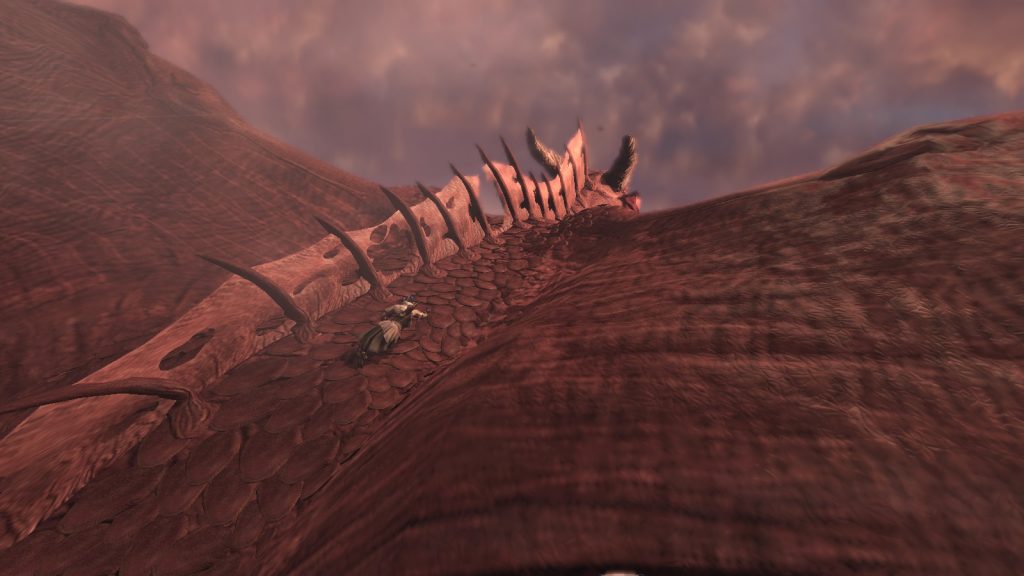
Teleported back to the top of the tower by Lorin Aria (the cleric from the beginning) she begins to thank the heroes, when Nezra, the leader of the Zents puts a blade in her back. Nezra thanks the heroes for dispatching Rezlus, but informs them that if their intent is to stop the destruction of Daggerdale, they will have to kill her and every last Zent, since it is her goal to take over the tower and the surrounding area. The game ends on a cliff-hanger, with the Zent army pouring into the tower from below, and the four party members preparing for another campaign of combat.

While the plot of D&D:D succeeds in moving the game along quickly, there are some big problems with it. First off, about 60% of the game is spent with the Dwarves doing their quests. If the game was about 20 hours long, 3 hours per section of the game would be perfect–long enough to get to know the area its problems, but not too long to make the quest-givers and their setting stale. In a 5-hour game though, it just makes the last two people groups you encounter feel rushed. The time spent with the brigands and Zents is so short that it makes me think that either the developer’s time was mismanaged, or funding was cut and they had to rush the game out unfinished.
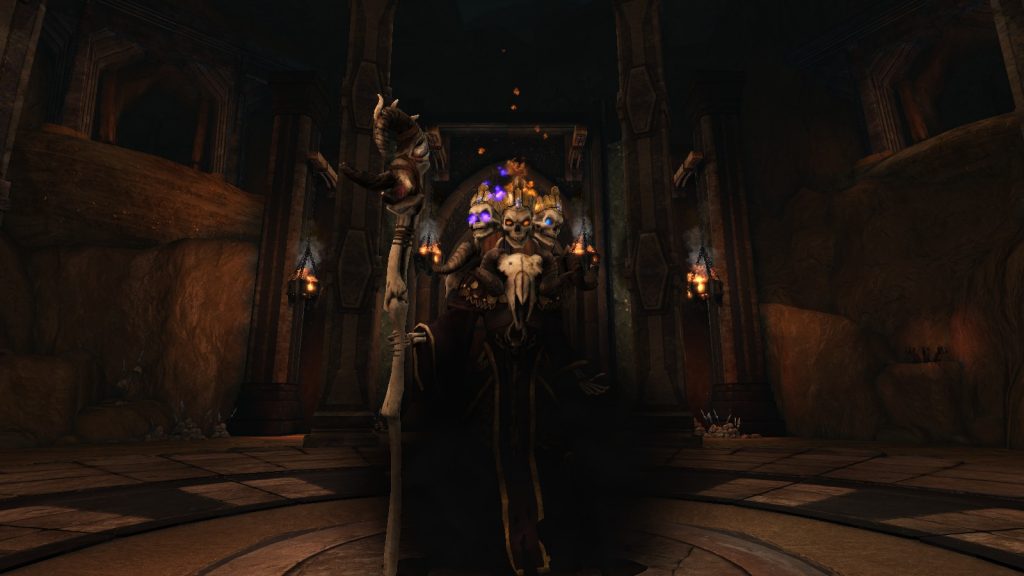
Problem #2 with the plot is the cliffhanger ending–it’s lazy and stupid. We all know there’s not going to be a sequel to this game. We all know that the cliffhanger wasn’t used to be thought-provoking. It was used as a desperate last hurrah to create some kind of excitement or interest within the game before it finally petered out. This kind of cliffhanger use isn’t appreciated at all by any intelligent player and it only robs the player of their deserved victory. Ultimately, the adventure feels pointless.
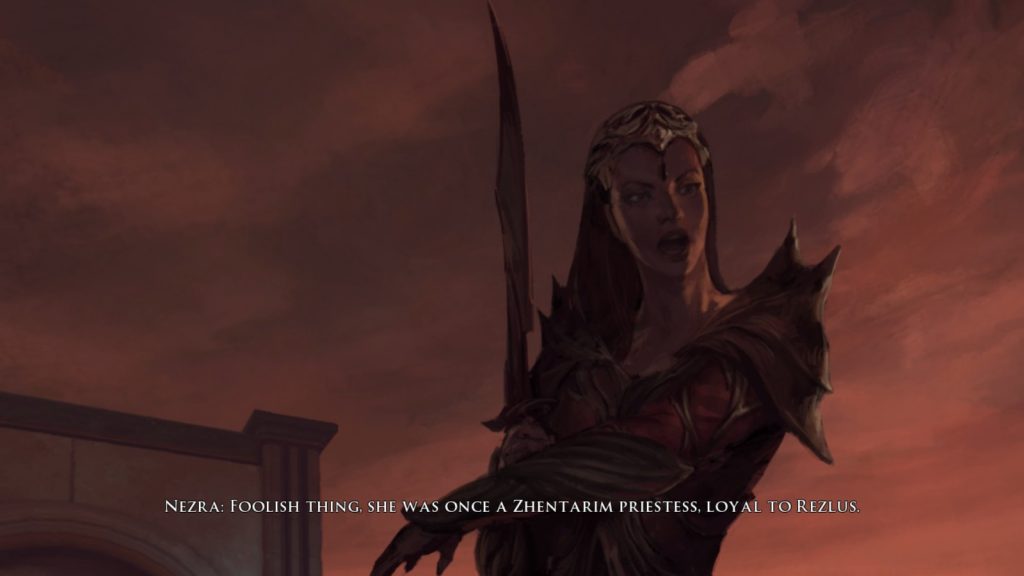
Generally though, we play a hack & slash to mash a couple buttons, slay hordes of monsters and feel good about ourselves, and on this front D&D:D is pretty strong. When I wrote in my first impression there’s enough selection to create distinction” I may have been a tad optimistic. While there is a nice handful of skills that you’ll acquire along in your adventure, it’s more that the “choice” is in the one skill that you choose not to obtain when you level up, since there aren’t enough skills to really diversify class style. The level bar is pretty low as well. I ended the game at level 8 and from what I can tell, about level 10 is where most of the skill progression cuts out, making replayability (even in the new-game + mode) not that viable. That being said, I loved rolling around, bopping creatures with several flavors of arrow skills and managing my equipment to my tastes (movement speed and rolling cooldown to the max!).
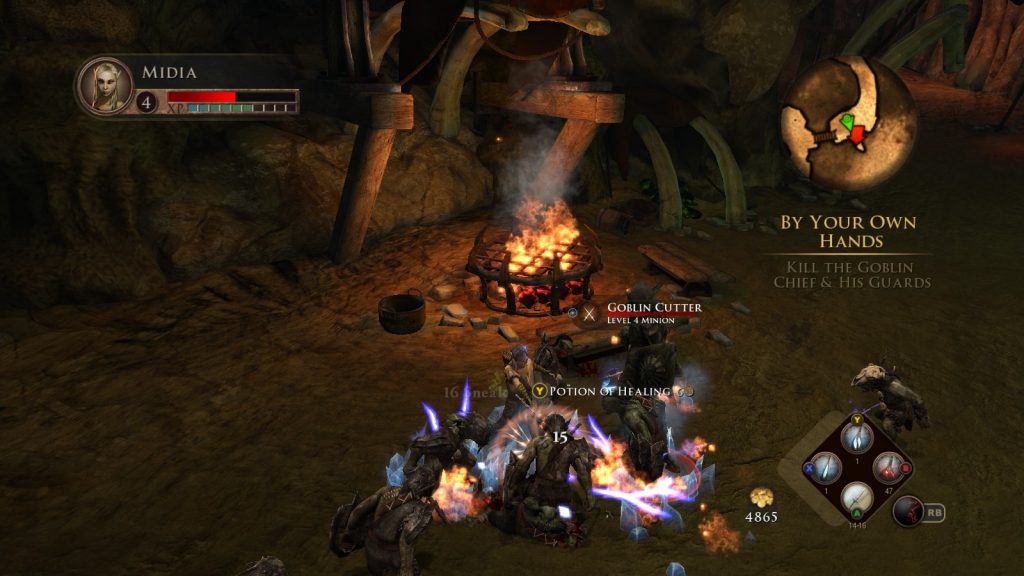
In spite of any negatives, I feel that the game is still worth Tier 1. Why? Well because what little we get is still good. Would I prefer more skills? Yes. Would I like a longer game? Sure. But did I still have fun? Yes, and ultimately that is a large point of playing a game in the first place. In some ways it made me think back to days spent playing Golden Axe, especially Golden Axe: The Revenge of Death Adder, what with riding the back of a dragon at the end. Now that I think of it, Knights of the Round, a game similar to Golden Axe even had a shallow leveling up system that capped out somewhere in the mid-teens. If you look at D&D:D more along these lines, it’s length and shallow complexity is very reminiscent of the old adventure games–games that you would plug and play with your friends for a couple hours, beat, feel accomplished and depart from with a feeling of good times.
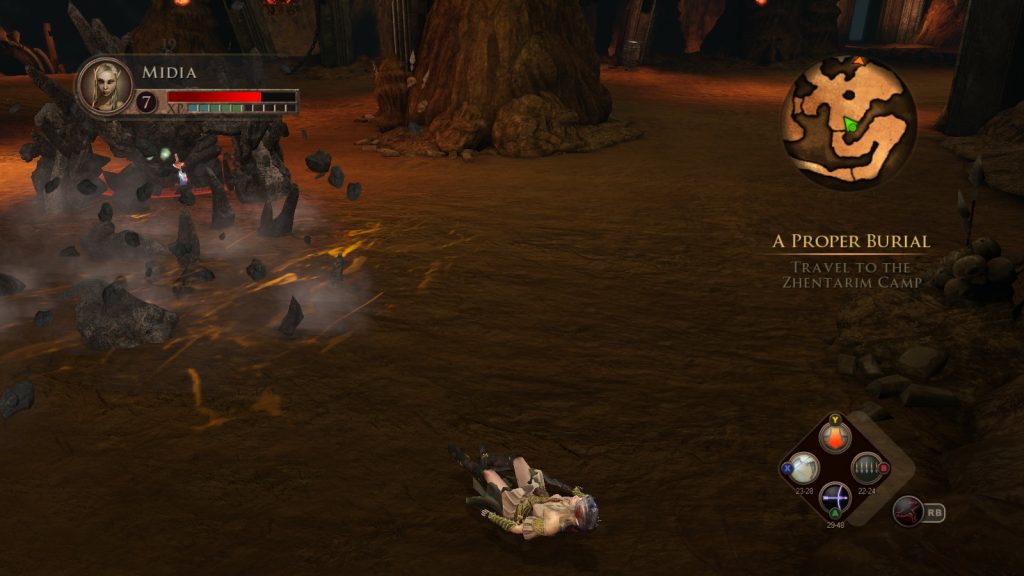
That’s probably where this game rests the strongest. It’s not a great game, it’s not a quality game and it’s not a long game, but if you have five hours where you want to go out, kill some monsters, grab some treasure–and you perhaps have 3 other friends with you to play local–then this could be a lot of fun. Just don’t invest yourself too strongly in it, as it’s not deep enough to warrant doing so. I still stand that I had a good time, and I definitely recommend it to anyone with time to waste on a decent hack & slash or even those wanting to break into the genre due to D&D:D’s simplicity.
Steam Link
